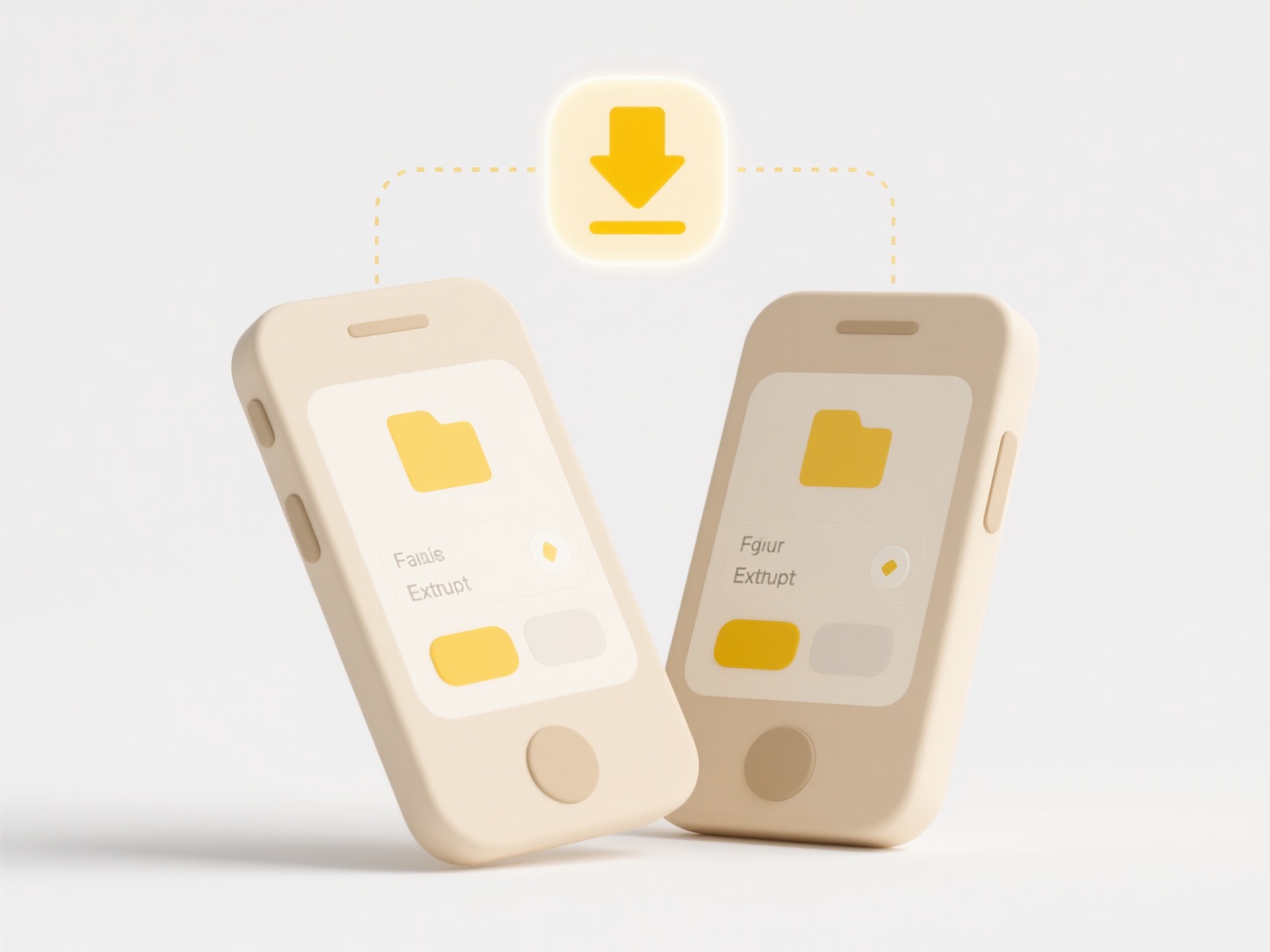
iOS supports a wide range of document and media formats for viewing, editing, and sharing. For documents, core supported formats include PDF, standard Microsoft Office files (DOCX, XLSX, PPTX), Apple's own Pages, Numbers, and Keynote formats, plain text (TXT), and Rich Text Format (RTF). For media, iOS offers extensive native support: images (JPEG, PNG, GIF, TIFF, WebP, Apple's efficient HEIC format), common audio formats (AAC, MP3, Apple Lossless/ALAC, FLAC, WAV), and popular video formats (H.264, H.265/HEVC, MPEG-4, MOV). Many more formats are accessible via third-party apps downloaded from the App Store.

Users frequently open PDF reports, spreadsheets, or PowerPoint presentations in Mail or Files for work or school. For photos and videos, pictures captured on the iPhone Camera are saved as HEIC (image) and HEVC (video) by default for high quality with smaller file sizes, while sharing often converts these to universal JPEG and H.264 respectively. Audio apps play music libraries containing MP3, AAC, and lossless files like ALAC or FLAC. The Files app handles most document types, while Photos and Videos apps manage media.
The broad native support ensures seamless integration across iOS apps like Mail, Files, Photos, and Safari, promoting productivity and content access. However, limitations exist: editing complex document features often requires Apple's iWork suite or Microsoft 365 apps, and playback of some niche video/audio codecs (like MKV containers, AV1 video) relies on third-party apps. Apple actively promotes efficient modern formats like HEIC/HEVC to save storage and bandwidth. Future developments may continue expanding native format support, particularly for emerging open standards.
What formats are supported by iOS for documents and media?
iOS supports a wide range of document and media formats for viewing, editing, and sharing. For documents, core supported formats include PDF, standard Microsoft Office files (DOCX, XLSX, PPTX), Apple's own Pages, Numbers, and Keynote formats, plain text (TXT), and Rich Text Format (RTF). For media, iOS offers extensive native support: images (JPEG, PNG, GIF, TIFF, WebP, Apple's efficient HEIC format), common audio formats (AAC, MP3, Apple Lossless/ALAC, FLAC, WAV), and popular video formats (H.264, H.265/HEVC, MPEG-4, MOV). Many more formats are accessible via third-party apps downloaded from the App Store.

Users frequently open PDF reports, spreadsheets, or PowerPoint presentations in Mail or Files for work or school. For photos and videos, pictures captured on the iPhone Camera are saved as HEIC (image) and HEVC (video) by default for high quality with smaller file sizes, while sharing often converts these to universal JPEG and H.264 respectively. Audio apps play music libraries containing MP3, AAC, and lossless files like ALAC or FLAC. The Files app handles most document types, while Photos and Videos apps manage media.
The broad native support ensures seamless integration across iOS apps like Mail, Files, Photos, and Safari, promoting productivity and content access. However, limitations exist: editing complex document features often requires Apple's iWork suite or Microsoft 365 apps, and playback of some niche video/audio codecs (like MKV containers, AV1 video) relies on third-party apps. Apple actively promotes efficient modern formats like HEIC/HEVC to save storage and bandwidth. Future developments may continue expanding native format support, particularly for emerging open standards.
Quick Article Links
Can I remove all sharing from a file?
Removing all sharing typically refers to revoking access permissions for a specific file, ensuring no other users can vi...
How do I save a backup from a cloud-based file?
Saving a backup from a cloud-based file means creating a separate copy stored locally on your device or on a different s...
How do I rename files in a CI/CD pipeline?
Renaming files in a CI/CD pipeline involves programmatically changing the names of files during automated build, test, o...